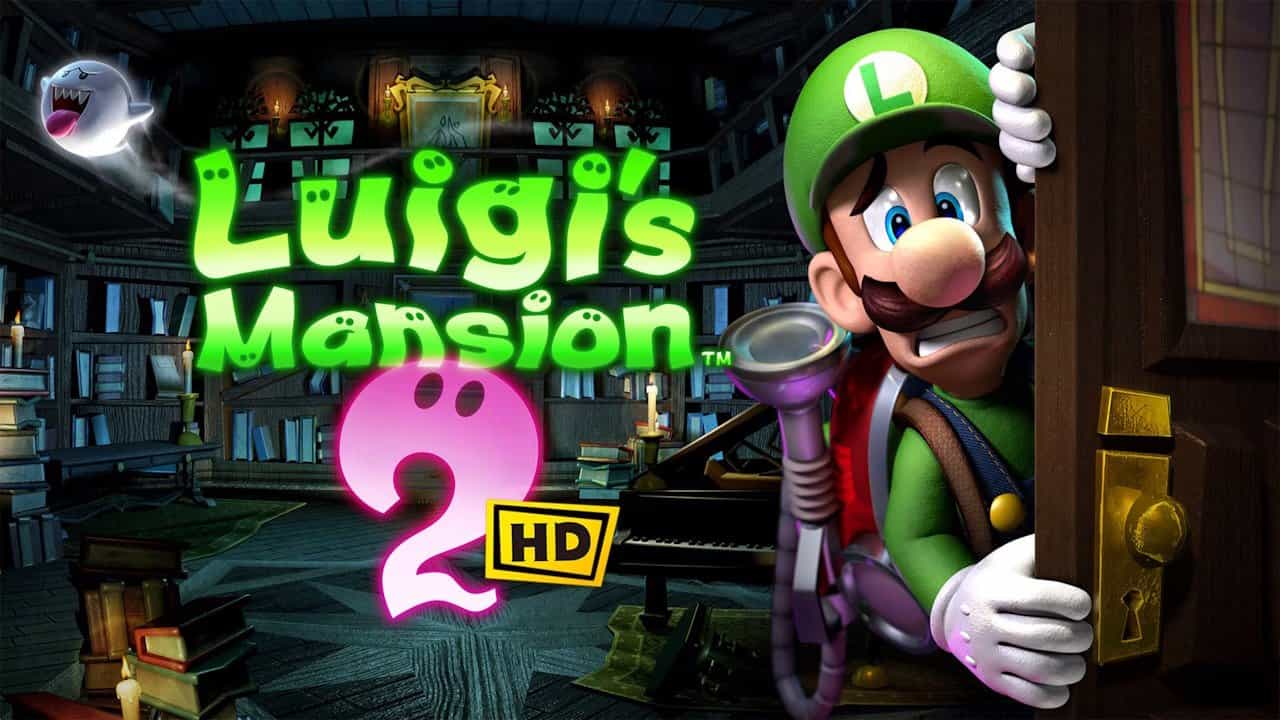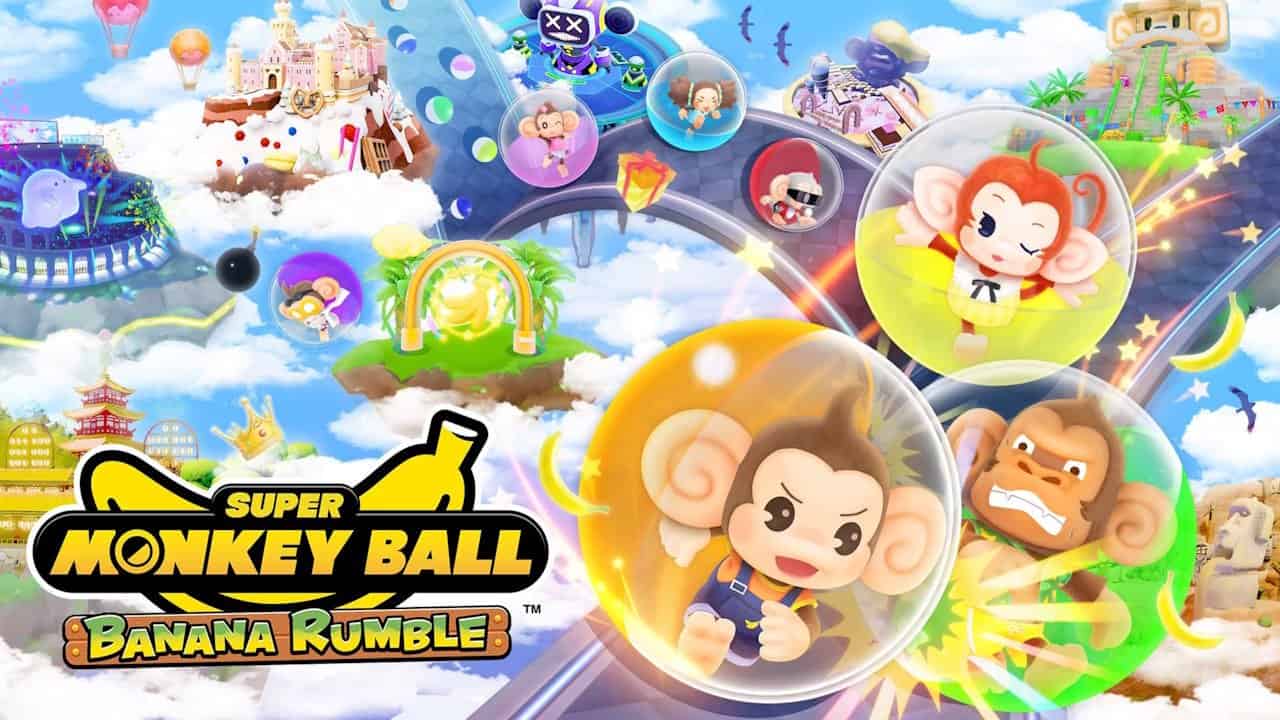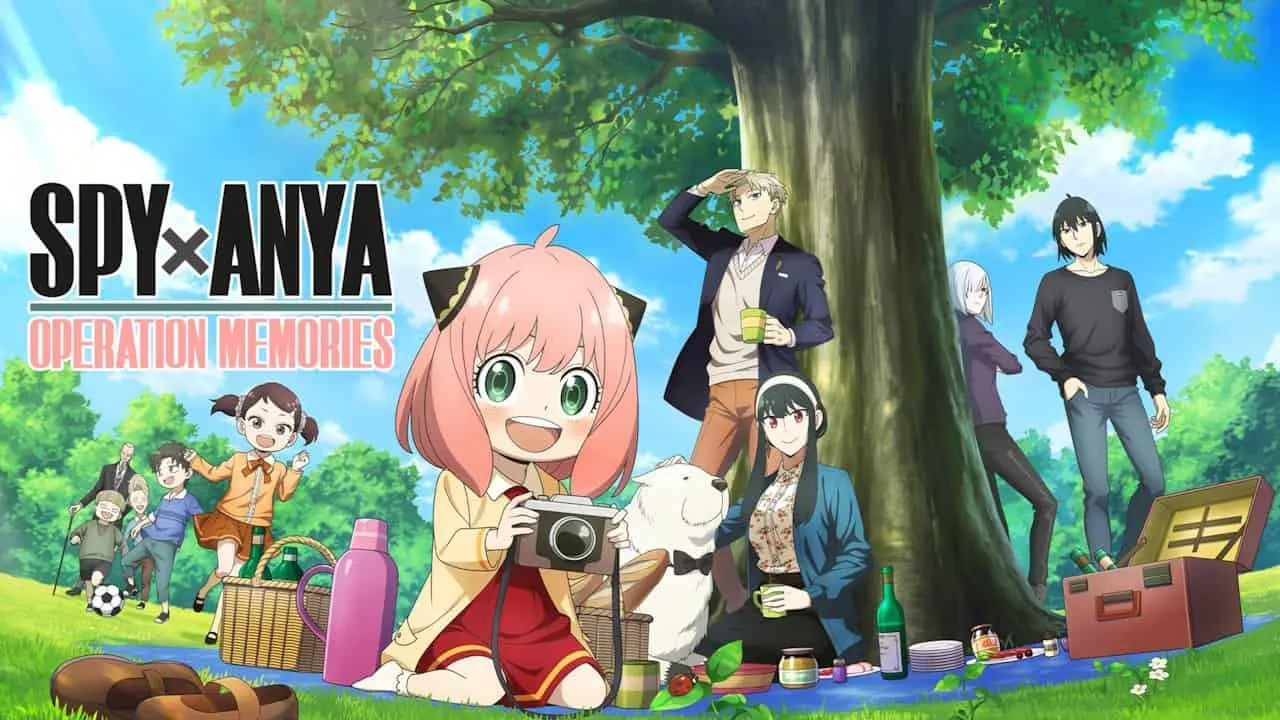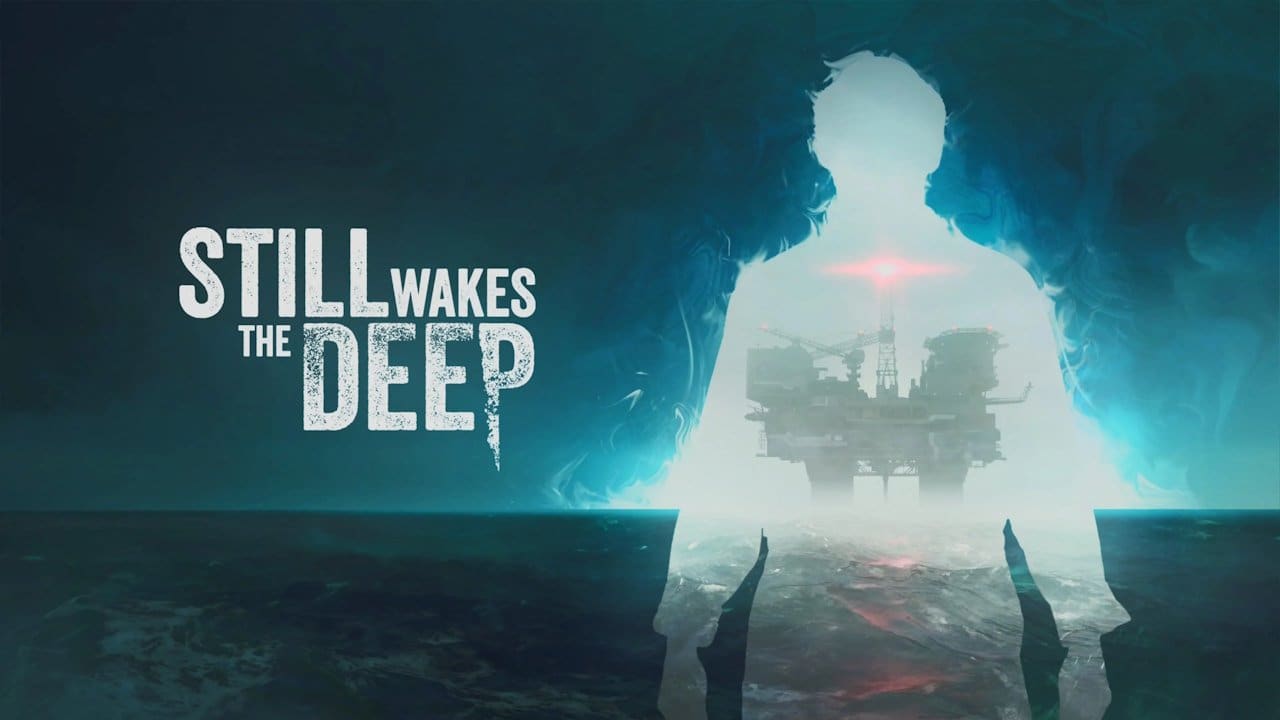Indivisible Review

Official Score
Overall - 70%
70%
Indivisible is a great game, but it could have been amazing. The lack of weapons, armor, or other collectible items to make exploration worthwhile really makes a lot of the adventure a bit dull, and the repetitive nature of its level design definitely leaves a sour taste. Many of these issues will be off-putting enough for potential players, but if you can look past its seemingly basic design mistakes, Indivisible's level of charm, passion, and character are rarely seen in the genre.
Raising over $2,000,000 on Indiegogo, Lab Zero Games and 505 Games’ Indivisible combines a passion for artistic quality with an innovative take on the sidescrolling platform genre. Blending turn-based RPG combat, thrilling platforming, and an intriguing tale of self discovery and growth, does Indivisible live up to its high expectations?
Indivisible Review
Indivisible follows the journey of Ajna, a feisty and rebellious teen used to the quiet trappings of village life. With her only duty to attend training under her watchful father, she’s argumentative, lacks understanding, and is entirely convinced she knows everything – the perfect teenager.
It doesn’t take long for Ajna’s way of life to fall under threat as the evil warlord Ravannanar’s forces burn her village to the ground, laying the foundations for a journey of vengeance and redemption. Following the catastrophe, Ajna wakes with the rather peculiar ability of absorbing potential allies. Not so much in a Majin Buu kinda way, more of a friendlier absorption that let’s allies accompany you on your journey, all while living a fruitful existence in Ajna’s Inner Mind.
Indivisible is everyone’s most hated poker player; it goes all in, straight from the word go. Immediately after beginning the game, you’re exposed to a level of artistic quality and execution seldom seen in the fast and frantic style of today’s industry. The game looks gorgeous, from the characters to the animations and environments. Every step of the journey is charming, heartwarming, and filled to the brim with character. Much of the same can be said about the soundtrack; it is expertly crafted by Hiroki Kikuta, and is arguably some of his best work.
If based on artistic merit alone, it would be tough to criticize Indivisible’s carefully crafted and passionately wrapped package. You will struggle to find something as visually and audibly complete as Indivisible. Alas, there’s more to this glorious pudding than just the sweet icing on top.
Dragging my finger through the top layer, taking that first satisfying lick immediately sent my expectations soaring, and stepping into the wider world didn’t totally disappoint. Indivisible’s platforming elements are solid, and all of the correct ingredients are there. The controls are fluid, responsive, and (most importantly), accurate. The platforming aspects evolve and grow throughout the journey, adding more complexity and challenges to navigation as you progress.
While screwing up the final jump in a complex labyrinth of calculations and split-second decisions is frustrating – sometimes massively frustrating – the gratifying feeling of satisfaction when you finally pull it off makes every difficult hurdle failed and every jump miscalculated worth every attempt. Much of the game shiess away from the more complicated aspects of platforming, opting instead to challenge the player with combat and exploration, but rarely do these aspects compare to the thrill of the run and jump.
Indivisible leads the charge for the genre in terms of its delivery, challenge, and artistic design, but it’s not afraid to step away from the traditional staples of the genre. Combat arrives in two distinct phases: the real-time action element takes place as you explore, running through new areas, leaping to new heights and taking swipes at anything in your path. Once engaged with an enemy, the almost turn-based style combat comes into play.
The party consists of four unique characters, with each character corresponding to a main button on the controller. Mashing Square several times will cause the character assigned to that spot to do several basic attacks, but mixing it up with up and down attacks delivers different strikes, allowing for individual combos on a per character basis. This system truly shines when you begin to experiment with the different characters ability to combo with other characters, often delivering massive combo attacks with huge damage numbers. While its visuals and style may lean more toward the turn-based style of RPG games, it’s closer to a core fighting game, stringing together attacks and combinations with quick reflexes and muscle memory.
Indivisible also houses some MetroidVania-style progressive challenges. As you explore through one of the games several regions, you’ll encounter ledges that are just a little high and jumps a bit too far. However, as you continue further in the journey, you unlock new exploration abilities that let you reach previously inaccessible areas. While the concept is solid, and one I fell in love with during Bloodstained, the delivery is poor, often frustrating, and lacking any meaningful incentive.
A lack of worthwhile fast travel adds a lot of needless travel time between areas. There’s a lot of backtracking, far too much, taking away much of the games charm and character as the smiles and glee of discovery are quickly replaced by the frustration of repetition. Spending 15 minutes to return to an area that was previously inaccessible was never once rewarding or enjoyable. I’d forgo the main story or a side quest in favor of returning to a path once traveled, only to find the initial jump was followed by another required ability I’d yet to learn, or the reward was a single gem. Though thes are eventually used to increase attack and defense, they are never enough to make it worthwhile.
That same level of frustration returns towards the latter stages of the game, as you’re forced to explore three previously explored areas to reach the same location as the first time. In a game that houses so much character and warmth, it felt tacky and needless. It proves to be something rushed in a game that feels painstakingly crafted to a fine detail.
If there’s one thing that makes the frustrating elements of Indivisible that much more bearable, it’s the characters. There’s a huge roster of characters you can unlock, each either offering new skills and combo opportunities in combat, or valuable tools in your inner sanctum. These include sparing practice or dyeing clothes. Mechanical reason aside, these are some of the most engaging, most entertaining, and more lovable cast of characters I’ve seen in years.
One character in particular, Razmi, has quickly taken a place at my round table of excellence. She’s somber, often miserable, always sarcastic, there’s just the perfect collection of traits and a excellent level of voice-over delivery that really make her shine through an already impressive roster of personalities.
Indivisible is a great game, but it could have been amazing. The lack of weapons, armor, or other collectible items to make exploration worthwhile really makes a lot of the adventure a bit dull, and the repetitive nature of its level design definitely leaves a sour taste. Many of these issues will be off-putting enough for potential players, but if you can look past its seemingly basic design mistakes, Indivisible’s level of charm, passion, and character are rarely seen in the genre.



